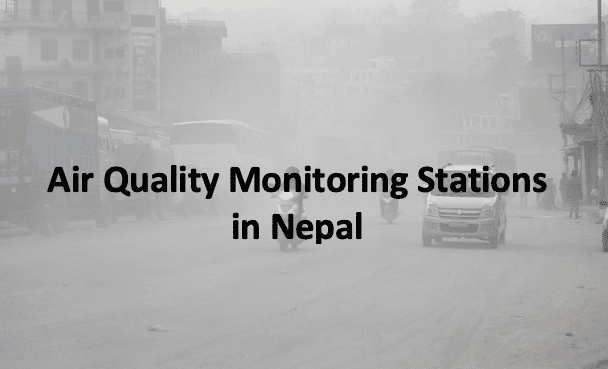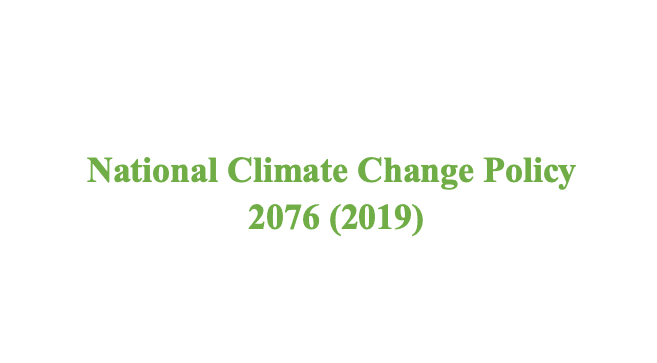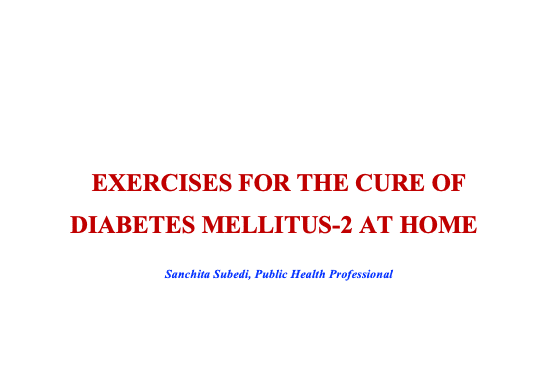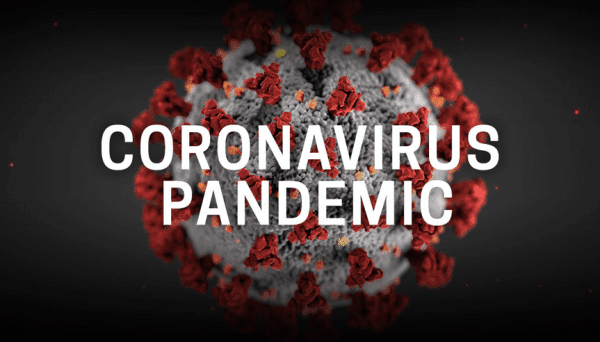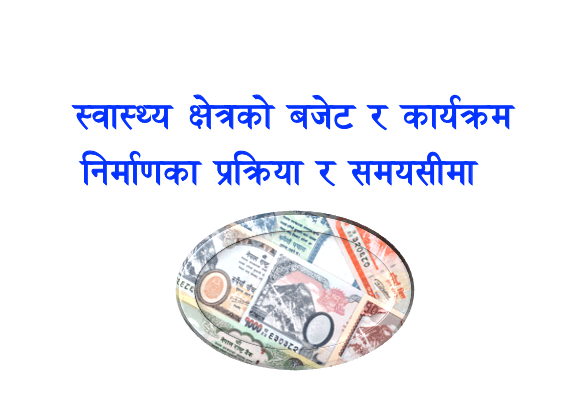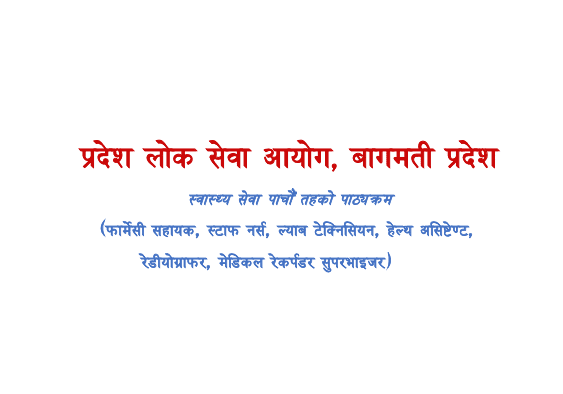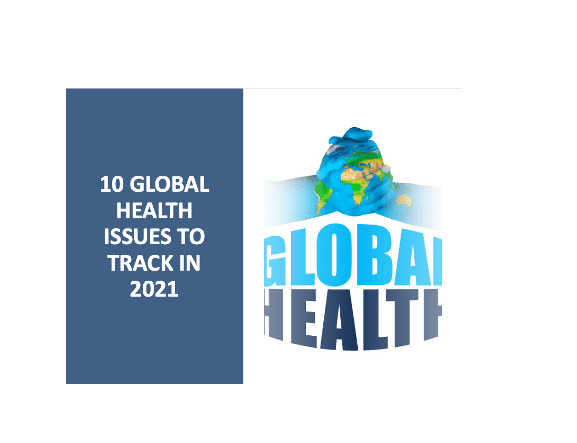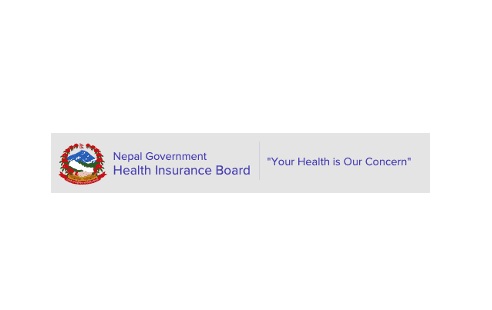Malaria risk stratification identifies geographical areas that are at a potential risk of malaria transmission based on the recent malaria burden, receptivity characteristics, and the potential vulnerability of the area to malaria. Malaria risk stratification is a prerequisite for a rational targeted intervention and an essential step for an effective and efficient resource mobilization.
Risk Wards as of Micro-stratification 2020
- Total High Risk Wards: 28
- Total Moderate Risk Wards: 125
Provinces
- Province 1: Total High Risk Wards = 0,Total Moderate Risk Wards = 0
- Province 2: Total High Risk Wards = 1, Total Moderate Risk Wards = 1
- Bagmati Province: Total High Risk Wards = 0, Total Moderate Risk Wards = 0
- Gandaki Province: Total High Risk Wards = 0, Moderate Risk Wards = 1
- Province 5: Total High Risk Wards = 3, Total Moderate Risk Wards = 12
- Karnali Province: Total High Risk Wards = 6, Total Moderate Risk Wards = 18
- Sudurpashchim Province: Total High Risk Wards = 18, Total Moderate Risk Wards = 93
| Districts | Municipalities (Wards) | Risk Type |
| Saptari | Saptakoshi NP (11) | High (1) |
| Saptakoshi NP (3) | Moderate (1) | |
| Nawalparasi East | Gaidakot NP (18) | Moderate (1) |
| Banke | Narainapur (3) | High (1) |
| Bajnath (2); Duduwa (2); Kohalpur NP (12); Narainapur (6); Raptisonari (3) | Moderate (5) | |
| Bardiya | Bansgadhi NP (1); Thakurbaba NP (4) | High (2) |
| Bansgadhi NP (2); Thakurbaba NP (1, 2, 3) | Moderate (4) | |
| Dang | Babai (7) | Moderate (1) |
| Kapilbastu | Krishnanagar NP (6); Maharajgunj NP (4) | Moderate (2) |
| Humla | Tanjakot (2, 3, 4) | High (3) |
| Aadanchuli (5); Chankheli (2); Sarkeegad (2); Tanjakot (1) | Moderate (4) | |
| Mugu | Khatyad (8, 10) | High (2) |
| Khatyad (11); Soru (3, 5) | Moderate (3) | |
| Salyan | Kalimati (3) | High (1) |
| Surkhet | Bheriganga NP (1); Birendranagar NP (10, 11); Chaukune (8); Ghurbhakot NP (13); Lekhbesi NP (7, 9, 10); Panchapuri NP (3, 4, 9) | Moderate (11) |
| Districts | Municipalities (Wards) | Risk Type |
| Achham | Mangalsen NP (11); Safhebagar NP (10) | Moderate (2) |
| Baitadi | Melauli NP (6, 7); Pancheswor (3, 4); Shibnath (2, 6) | High (6) |
| Pancheshwor (2); Shibnath (1, 3, 4) | Moderate (4) | |
| Bajura | Budinanda NP (1, 2, 5, 6, 7) | High (5) |
| Himali (4, 6); Jagannath (1) | Moderate (3) | |
| Dadeldhura | Parsuram NP (6, 5) | High (2) |
| Aalital (5); Parsuram NP (4, 8, 9, 12) | Moderate (5) | |
| Kailali | Bhajani NP (5); Dhangadi NP (9); Godawari NP (12) | High (3) |
| Bardagoriya (1, 2, 5); Bhajani NP (7); Chure (4); Dhangadi NP (1, 2, 3, 4, 5, 6, 7, 12, 14, 15, 18); Gauriganga NP (1, 2, 3, 5, 7); Godagodi NP (1, 3, 4); Godawari NP (2, 3, 4, 6, 8, 9, 10, 11); Janaki (3, 6, 9); Kailari (2, 4); LamkiChuha NP (4, 8); Tikapur NP (1, 2, 5, 6, 7) | Moderate (44) | |
| Kanchanpur | Bhimdatta NP (1, 9) | High (2) |
| Bedkot NP (4, 6); Belauri NP (1, 5, 6, 9, 10); Bhimdatta NP (2, 3, 6, 7, 10, 11, 13, 15, 18, 19); Krishnapur NP (1, 3, 4, 6, 7); Laljhadi (2); Mahakali NP (3, 4, 7, 8, 10); Purnabash NP (2, 9, 11); SuklaPhanta NP (1, 2, 5, 12) | Moderate (35) |
Related reading
- Malaria Micro Stratification Report 2018
- Tailoring malaria interventions in the COVID-19 response
- World Malaria Day 2020: “Zero malaria starts with me”
- WHO advisory body(SAGme) releases malaria eradication report
- WHO urges countries to ensure the continuity of malaria services in the context of the COVID-19 pandemic
- World Health Organization’s World malaria report 2019
- Malaria eradication within a generation: ambitious, achievable, and necessary
- National Malaria Treatment Protocol 2019, Nepal – EDCD
- National Malaria Surveillance Guidelines 2019, Nepal
- Algeria and Argentina certified malaria-free by WHO
- Epidemiological Trend of Malaria in Nepal (2012/13-2017/18)
- Defeating malaria demands high-impact, country-led and owned approaches
- Malaria vaccine pilot launched in Malawi
Do you have a website? Looking for the best hosting provider? Here’s a discount code.
Latest Public Health Jobs
Latest Posts
- The 18th World Congress on Public Health (WCPH) 2026
- National workforce capacity for essential public health functions: Operational handbook for country-led contextualization and implementation
- World Conference on Lung Health Travel Grants 2025
- GIS Training Manual for Health Statistics
- WHO launches bold push to raise health taxes and save millions of lives
Thanks for visiting us.
Disclaimer: The resources, documents, guidelines, and information on this blog have been collected from various sources and are intended for informational purposes only. Information published on or through this website and affiliated social media channels does not represent the intention, plan, or strategies of an organization that the initiator is associated with in a professional or personal capacity, unless explicitly indicated.
If you have any complaints, information, or suggestions about the content published on Public Health Update, please feel free to contact us at blog.publichealthupdate@gmail.com.
#StayUpdated



